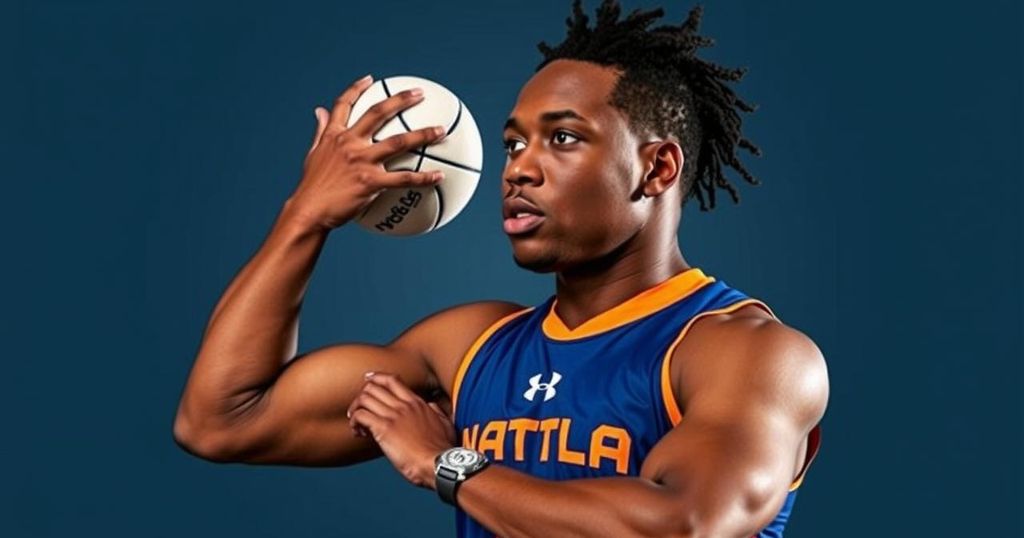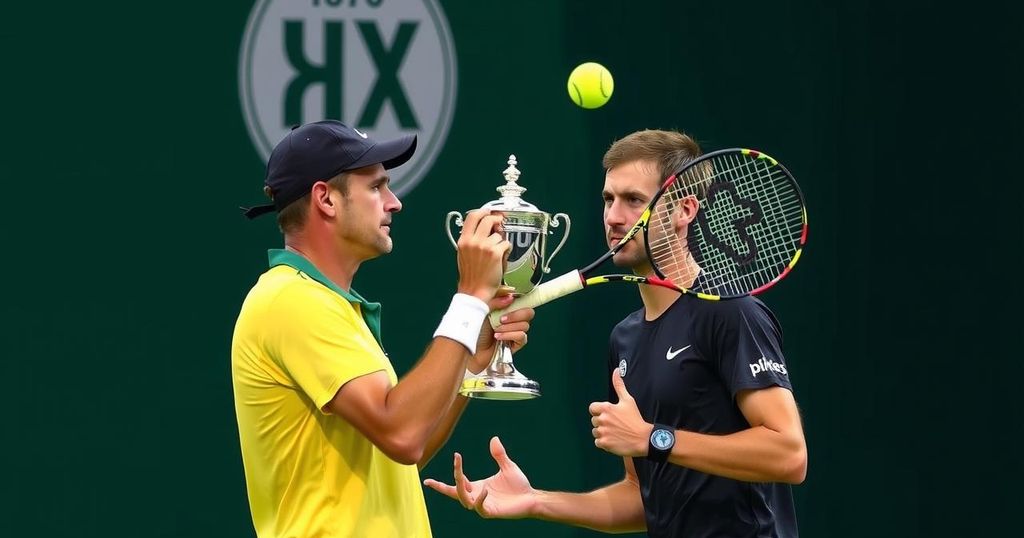An Overview of Para-Triathlon at the Paralympics 2024: Rules, Classifications, and Key Competitors
As the 2024 Paris Paralympics approaches, a focus on Para-triathlon highlights a thrilling event that will take place on September 1-2 at the iconic Pont Alexandre III. This distinguished event will award a total of eleven gold medals across various classifications, showcasing the remarkable talents of athletes with disabilities.
Para-triathlon consists of three distinct segments: a 750-meter swim, followed by a 20-kilometer cycling course, and concluding with a 5-kilometer run. Competitors may utilize specialized equipment such as tandem bicycles, handcycles, or standard bicycles for the cycling portion, while those who utilize wheelchairs in their daily lives will transition to handcycles and racing wheelchairs during the respective segments of the race. Notably, regulations are in place to ensure that visually impaired athletes can compete with the assistance of guides, thereby maintaining a fair competitive environment.
Athletes are categorized into six classifications based on their particular abilities, including six divisions for men and five for women. Among these, the PTWC category includes individuals who rely on wheelchairs daily. The classifications range from PTS2 to PTS5, representing diverse levels of physical impairment, with PTVI specifically designated for visually impaired competitors.
Great Britain (GB) anticipates strong performances from notable athletes during the competition in Paris. Dave Ellis, alongside his guide, Luke Pollard, enters the fray in the men’s PTVI event, having faced disappointment in Tokyo due to a mechanical failure. Their recent successes indicate they may reclaim their position on the podium. Additionally, veteran athletes Lauren Steadman and Claire Cashmore return to compete in the women’s PTS5 event, continuing their fierce rivalry; Steadman resumed her career following a brief hiatus, while Cashmore aims to defend her prior accolades. Alison Peasgood, a silver medalist in Rio, aspires for a medal in the women’s PTVI event after welcoming her son just months earlier.
The competition will be fierce, with other strong candidates to contend for medals. Among them, Grace Norman, the silver medalist from the previous games, will seek to enhance her reputation. Furthermore, Dutch athlete Jetze Plat targets a third consecutive gold in the men’s PTWC category, even as he navigates the challenges posed by his competitors. Frenchman Alexis Hanquinquant, a flagbearer for his country, is also a strong contender in the men’s PTS4 event, eager to earn local support in the streets of Paris.
A notable highlight from the prior Games was the dramatic finish in the women’s PTWC event, where American athlete Kendall Gretsch overtook Australian competitor Lauren Parker in a thrilling conclusion. Parker, a determined athlete following a life-altering accident in 2017, has won two World Championships since her previous participation and aims to reclaim her standing in this upcoming event.
In conclusion, the 2024 Paralympics will not only spotlight the incredible athleticism of Para-triathletes but will also showcase inspiring stories of resilience and competition. As the world watches, expectations are high that both seasoned and emerging athletes will strive to achieve greatness in Paris, contributing to the rich legacy of the Games.








Post Comment